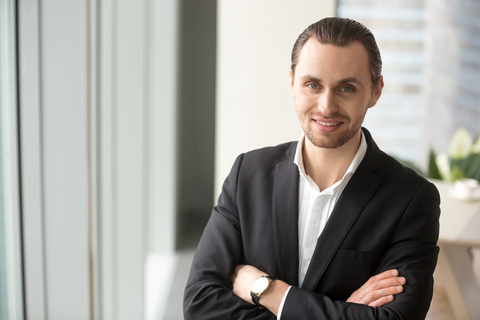Restoring Mobility and Sensation
- Wireless Brain-Spine Interface: A 2023 study enabled paralyzed patients to walk naturally by bypassing spinal cord injuries .
- Cochlear Implants: Over 600,000 people with hearing loss perceive sound through auditory nerve stimulation .
AI-Driven Innovations
- Neuralink’s Brain Implants: AI decodes neural activity to treat depression and Parkinson’s, with trials showing reduced symptom severity .
- Predictive Neuroimaging: Machine learning analyzes brain scans to predict Alzheimer’s progression years in advance .
Next-Generation Stimulation
- Transcranial Magnetic Stimulation (TMS): Non-invasive magnetic pulses treat depression in adolescents .
- Neural Dust: Ultrasonic, grain-sized sensors monitor peripheral nerves in real time, offering insights into epilepsy .
Table 1: Common Neurotechnologies and Applications
Challenges and Ethical Dilemmas
While promising, neurotechnology raises profound questions:
Identity and Autonomy: DBS can alter personality traits, sparking debates about the “authenticity” of the self .
Privacy Risks: Brain data could be hacked or misused, necessitating robust “neurorights” frameworks .
Access Disparities: High costs ($30,000+ for DBS) limit availability, privileging wealthy patients .
Ethical Guidelines:
- The OECD advocates for responsible innovation, balancing progress with public engagement .
- Philanthropy plays a key role in democratizing access, as seen in the Milken Institute’s funding of neurotech startups .
The Future: Merging Minds and Machines
Emerging trends suggest a transformative decade ahead:
AI-Enhanced BCIs: Generative AI could translate brainwaves into speech or art, aiding communication for ALS patients .
Closed-Loop Systems: Devices like responsive neurostimulators automatically detect and halt seizures .
Global Collaborations: Initiatives like the EU’s HERMES project aim to cure Parkinson’s using biohybrid implants .
Table 2: Global Impact of Major Brain Disorders
| Disorder | Affected Population | Neurotech Solutions |
|---|---|---|
| Parkinson’s | 10 million | DBS, AI-driven implants |
| Epilepsy | 50 million | Responsive neurostimulators |
| Alzheimer’s | 55 million | Predictive AI models |
Table 3: Milestones in Neurotechnology Development
Conclusion: Balancing Hope and Caution
Neurotechnology offers unparalleled hope for treating brain disorders, yet its power demands vigilance. Collaborative efforts among scientists, ethicists, and policymakers are essential to ensure equitable access and safeguard mental privacy. As Leigh Hochberg, a pioneer in neurorehabilitation, asserts: “Until there’s a cure, technology is the cure” . With responsible innovation, we may soon witness a world where paralysis, depression, and dementia are relics of the past.

Leave a Reply